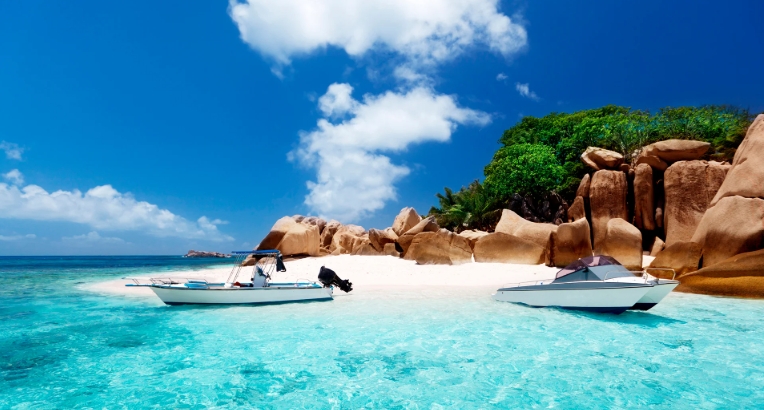The Indian Ocean: A Treasure Trove of Culture and Biodiversity
The Indian Ocean, the third-largest ocean in the world, covers more than 20% of the Earth’s water surface. Its vibrant ecosystems, rich history, and strategic economic importance make it a fascinating subject for exploration. Understanding the Indian Ocean can enhance our appreciation of global trade, biodiversity, and cultural exchanges.
The Ecological Diversity of the Indian Ocean
The Indian Ocean is home to an incredible array of marine life, making it one of the most biodiverse oceans on the planet. Coral reefs, mangroves, and seagrass beds provide habitats for thousands of species, including several that are rare or endangered. For example, the coral reefs of the Maldives attract not only divers and snorkelers but also serve as crucial nurseries for fish. Moreover, the ocean’s varying depths and warm waters support unique ecosystems, like the Indian Ocean’s deep-sea hydrothermal vents, where species thrive in extreme conditions. Protecting these diverse environments is essential for both ecological balance and the livelihoods of millions who depend on fishing and tourism.
Cultural Significance and Historical Trade Routes
Throughout history, the Indian Ocean has been a vital link between continents, facilitating trade and cultural exchanges. The famous maritime Silk Road connected Asia, the Middle East, and Africa, allowing for the exchange of goods, ideas, and cultures. Major ports like Mumbai, Mombasa, and Dhaka became melting pots of various traditions and languages. This rich historical backdrop continues to influence the region today, as modern nations strive to reclaim their maritime legacies. Many festivals and traditions in coastal communities still reflect the ocean’s past, reminding us of the connections that bind us.
Economic Importance and Future Challenges
The Indian Ocean is essential for global trade, with vital shipping lanes passing through its waters. Approximately 80% of the world’s oil trade and essential commodities like grains travel through this ocean, making it a crucial economic artery. However, this importance brings challenges. Issues such as overfishing, pollution, and climate change pose significant threats to both marine ecosystems and coastal economies. Countries bordering the Indian Ocean are now collaborating to develop sustainable practices that balance economic interests with environmental conservation. Innovations like sustainable fishing methods and marine protected areas are becoming increasingly important as nations recognize the necessity of safeguarding their shared marine resources.
In Conclusion
The Indian Ocean is a remarkable body of water teeming with life, history, and economic significance. Understanding its complexities fosters a greater appreciation for the intricate relationships between nature, culture, and trade. As we navigate the future, it’s essential to prioritize sustainability to preserve this treasure for generations to come. Feel inspired to learn more about the Indian Ocean’s ecosystems and cultural heritage? Dive deeper into this captivating subject and explore the ongoing efforts to protect these vital waters!

